GLOBE News
More U.S. High School Students in 2020 SEES Intern Program Share Experiences Using GLOBE Observer Mosquito Habitat Mapper
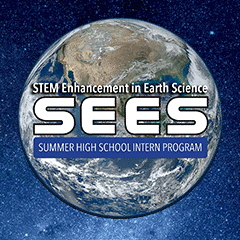
U.S. high school students participating in a collaboration effort between The Institute for Global Environmental Strategies (IGES) and the NASA Texas Space Grant Consortium (TSGC) to extend the TSGC Summer Enhancement in Earth Science (SEES) Internship program are sharing their research experiences using the GLOBE Observer Mosquito Habitat Mapper via GLOBE’s “Community Blog.”

SEES Mosquito Habitat Mapper intern Pratham B., a student from Texas, shares his research experience in: “Using Code to Detect Color.”
“Through the SEES Mosquito Mappers internship, I have learned how to skeptically interrogate the world around us and devise profound questions that can shape our understanding of the natural universe. I came to this internship knowing very little about science except for the basics of the scientific method and the ‘facts’ that we are mandated to memorize in our educational system.”
To read the full story, click here.
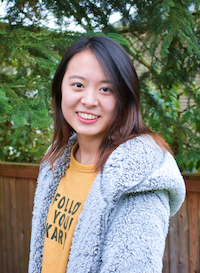
SEES Mosquito Habitat Mapper intern Emma H., a student from Washington, shares her experience in: “Virtual Internship, Real Research.”
“Coming into the NASA SEES Mosquito Mapper program, I was beyond nervous. Living in Washington State in an area with few mosquitoes, I had no idea how I would be able to collect enough data for the final research project, especially since this was the first time I was conducting research on my own. In addition to that, the program was entirely virtual! As a visual learner, I was worried that participation might be challenging.”
To read the full story, click here.
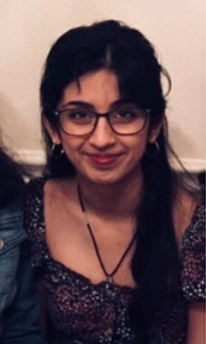
SEES Mosquito Habitat Mapper intern Prachi I., a student from Texas, shares her experience in: “Exploring the Intersectionality between Computer Science and Ecological Research.”
“To draw statistically valid conclusions about ecological trends, such as the relationship between land cover and mosquito population dynamics, land areas of interest must be sampled in a consistent manner. Numerous ground observations of local areas can help scientists gain insight of the landscape, especially in regions where remote sensing techniques fail to measure certain land characteristics.”
To read the full story, click here.
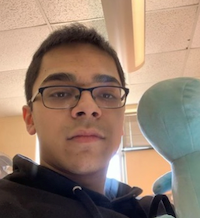
SEES Mosquito Habitat Mapper Intern Bhaskar J., a student from New Jersey, shares his experience in: “Mosquito Traps and Digital Land Cover Data.”
“Hi everyone, my name is Bhaskar J, and I'm interning with the SEES Mosquito Mappers research team this summer, in which we use the GLOBE Observer citizen science app. There are a lot of moving parts to it, but overall it's been an incredible experience!”
To read the full story, click here.
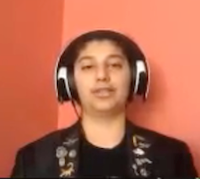
SEES Mosquito Habitat Mapper Intern Baseem A., a student from California, shares his experience in: “Plants-Friend or Foe of the Mosquito?”
“Through my research, I tried to find a connection between plants and mosquitoes, so that humans can find a safe, natural, and aesthetically pleasing way to deter these disease vectors. I began my search for answers by visiting nature preserves in my area to sample water, set mosquito traps, and take pictures of the plants. I also used the GLOBE Observer Mosquito Habitat Mapper data from the GLOBE database to provide me with numerical data about how many mosquitoes are in an area with and without plants.”
To read the full story, click here.
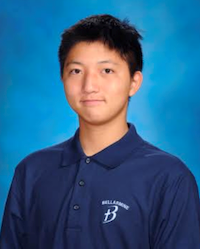 SEES Mosquito Habitat Mapper Intern Eric C., a student from California, shares his experience in: “Identifying Environmental Attributes Characterizing Mosquito Habitats – A Regression Analysis.”
SEES Mosquito Habitat Mapper Intern Eric C., a student from California, shares his experience in: “Identifying Environmental Attributes Characterizing Mosquito Habitats – A Regression Analysis.”
“Cases of mosquito-borne disease are increasing in the United States. Because these diseases are directly correlated with the abundance of mosquitoes, finding what environmental variables impact mosquito populations is essential to prevent the transmission of disease. For the SEES 2020 Mosquito Mapper research project, our group decided to focus on identifying the statistical correlations exhibited between mosquito abundance and topographic, underground, and climate variables."
To read the full story, click here.
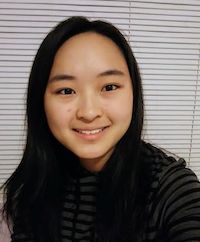 SEES Mosquito Habitat Mapper Intern Aria T., from Washington, shares her experience in: “Investigating Effective Mosquito Traps and Baits."
SEES Mosquito Habitat Mapper Intern Aria T., from Washington, shares her experience in: “Investigating Effective Mosquito Traps and Baits."
“I worked with a team of four other SEES interns to conduct an investigation into mosquito larvae trapping. We chose to research the effectiveness of mosquito larvae traps in different geographical areas, as we noticed that many of the interns were having trouble with capturing mosquito larvae in experimental traps.”
To read the full story, click here.
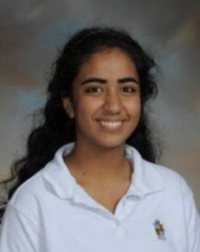 SEES Mosquito Habitat Mapper Intern Faguni G., from California, shares her experience in: “An Insider Glimpse of a NASA SEES Internship.”
SEES Mosquito Habitat Mapper Intern Faguni G., from California, shares her experience in: “An Insider Glimpse of a NASA SEES Internship.”
“Hello! My name is Faguni and I am a rising senior from San Jose, California. Over the summer, I participated in the NASA STEM Enhancement in Earth Science Internship program and was a part of the Mosquito Mapper Team. What was originally supposed to be a two-week program at UT-Austin and the Johnson Space Center, turned into an eight-week virtual internship, all from the comforts of our bedroom!
To read the full story, click here.
To read other recent STEM Professional/Guest Scientist blogs, click here. The blog is an online collaborative effort where scientists associated with GLOBE post their thoughts, comments, and philosophies about a variety of science topics. GLOBE strongly encourages positive and productive discussions to further advance the scientific understanding of all involved with The GLOBE Program.
type: globe-newsNews origin: GLOBE Implementation Office





